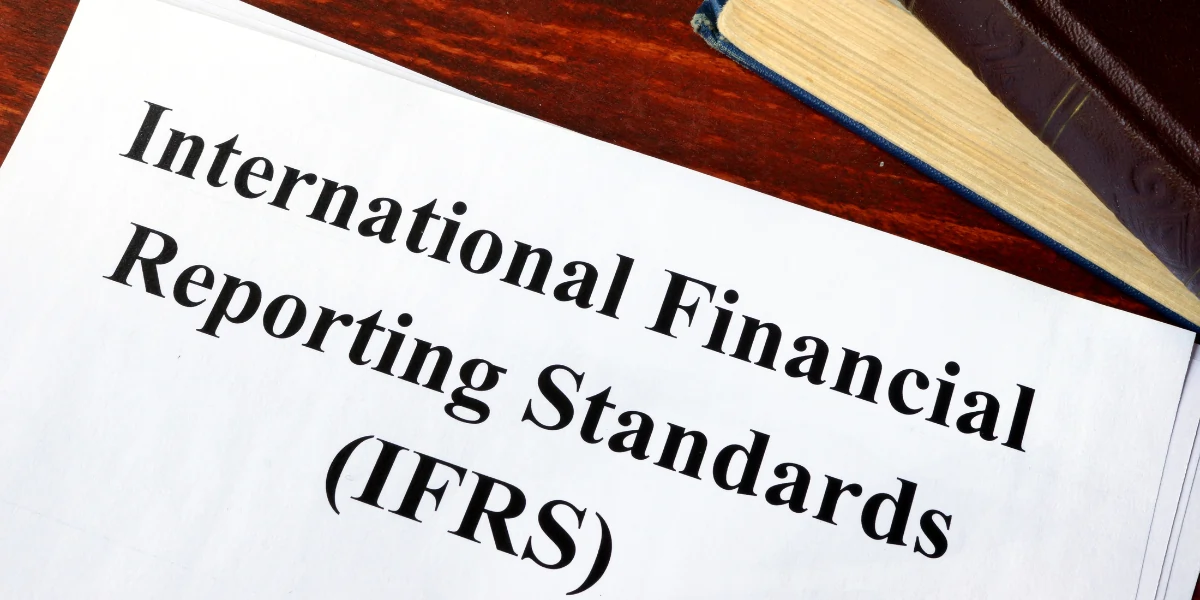
IFRS 3 : Business Combinations
Introduction:
IFRS 3 lays out guidelines and standards for how an acquirer in a business combination must:
• Identify and quantify in its financial statements the acquired assets and liabilities, as well as any interest held by third parties in the acquiree
• Assesses and quantifies the goodwill obtained via a business combination or a profit from a steal;
• Chooses which details to reveal so that readers of the financial statements may assess the type of business combination and its financial impact.
The fundamental ideas of IFRS 3 are as follows: an acquirer computes the acquisition cost at the fair value of the consideration paid, distributes that cost among the identifiable assets and liabilities acquired according to their fair values, allocates the remaining cost to goodwill, and immediately recognizes in profit or loss any excess of acquired assets and liabilities over the consideration paid (a “bargain purchase”).
January 2008 saw the introduction of an updated version of IFRS 3, which is applicable to business combinations when the acquisition date is on or after the first annual reporting period that starts on or after July 1, 2009.
Buying Points to Remember
Purchase Price
It is necessary to expense all acquisition expenditures, including those that are directly associated with the acquisition, including professional fees (legal, accounting, valuation, etc.).
The fair value of any prior interests the acquirer held in the acquired business, such as stakes in associates, joint ventures, or other equity interests, is included in the acquisition consideration when a company buys another business. This implies that any prior interest is deemed “given up” in order to purchase the new business, and any profit or loss resulting from this disposal is documented.
The standard specifies that whatever existing share the acquirer held in the acquired firm prior to the acquisition must be revalued to reflect its fair worth on the acquisition date. The financial statements of the acquirer then show any changes in value. A gain or loss is recorded in the acquirer’s income statement based on changes in the stake’s value.
Continual Evaluation
“Usually, an obligation of the acquirer to transfer additional assets or equity interests to the former owners of an acquiree as part of the exchange for control of the acquiree if specified future events occur or conditions are met,” is how IFRS 3 defines contingent consideration.
Any prospective future payments (contingent consideration) that a firm may receive as part of an acquisition of another business must be included in the total price paid for the acquired company under IFRS 3. The fair value of this contingent consideration is determined by calculating the amount that would allow an asset to be traded or a liability to be resolved. A “measurement period adjustment” is made if fresh information becomes available after the acquisition that alters the contingent consideration’s value. The contingent factors are reevaluated and modified in this instance.
Modifications made to the fair after the date of acquisition are handled as follows:
• Any settlement of contingent consideration that is accounted for as equity (e.g., Cr share capital/share premium Dr retained earnings) must be recorded in equity and cannot be remeasured.
• Whether contingent consideration is categorized as a liability or an asset, it must:
a) is a financial instrument that falls under the purview of IFRS 9; it must be valued fairly, and any gains or losses arising from it must be reported either in the profit and loss statement or in other comprehensive income in line with that IFRS.
b) If something falls outside the purview of IFRS 9, it should be reported using IAS 37, Provisions, Contingent Liabilities and Contingent Assets, or alternative IFRSs where applicable.
